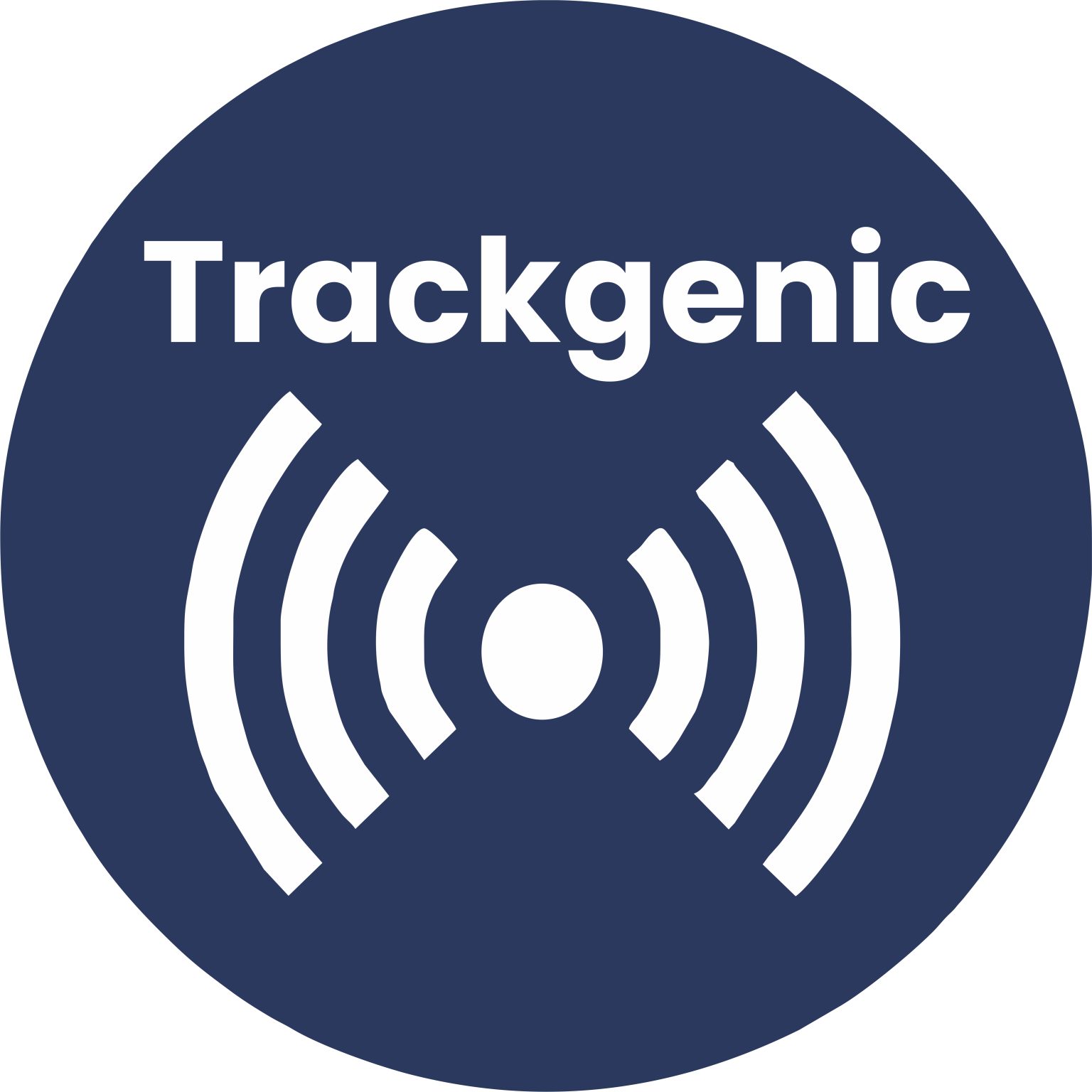
What is Trackgenic?
Trackgenic is a GS1 Nigeria traceability platform built in compliance with GS1 EPCIS Standard.
On what standard is Trackgenic built on?
Trackgenic is built on EPCIS standard
What is “EPCIS”?
Electronic Product Code Information Services (EPCIS) is an EPCglobal standard for sharing EPC related information between trading partners. EPCIS provides important new capabilities to improve efficiency, security, and visibility in the global supply chain, and complements lower level EPCglobal tag, reader, and middleware standards.
Is EPCIS a track and trace/visibility application?
EPCIS is not an application. EPCIS specifies a standard representation of an interface to visibility data, at a finer granularity than prior standards. EPCIS data may be used as input to track and trace or visibility applications, and that input will in all likelihood improve those applications due to the finer granularity of information offered by EPCIS.
Is Trackgenic a track and trace/visibility application?
Yes.
What are the data elements that can be shared via Trackgenic?
The data elements in the EPCIS standard data model define WHAT (product), WHERE (location), WHEN (time), and WHY (business step and status) for granular product movements in the supply chain.
- They’ve been previously owned by others and essentially their ‘DNA’ is still associated with these original purchasers of the barcodes
- Using them will ensure you will be limited to where you can sell your products with the likes of Shoprite, Amazon and major retailers not accepting them
- When you scan them other product information, other than your own will be shown
The only way to ensure your barcodes are your own, and not pre-brought is to get them from GS1. The added benefits will be:
How is supply chain information shared via Trackgenic?
Trackgenic provides interface specifications built on top of very widely used business and Internet standards. It facilitates internal data capture as well as secure external sharing of information about movement and status of goods among trading partners.
Why should I use Trackgenic to share data with other trading partners?
If your business involves handling physical goods – for example, if your organization is a manufacturer, distributor, logistics provider, reseller or large end user of tangible goods, then you probably already consume information internally or exchange information externally about the location and status of material. Trackgenic provides a path for cost-effectively sharing information with a much finer granularity of detail.
Does the EPCIS standard replace EDI standards?
No. The EPCIS standard provides a way to share high volume, very fine grain information about material movement and status among cooperating partners. EPCIS does not address purchasing, forecasts, bidding, billing, etc. that are typically exchanged via EDI in a business transaction between two parties.
What are the differences between Trackgenic web and Trackgenic mobile apps?
Trackgenic mobile apps make capturing of traceability events easy for field workers while Trackgenic Web provides more comprehensive features for all actors in the supply chain through web browser access.
What is event data?
Event data is information that is generated and captured as items move across the supply chain.
How long can event data stay on Trackgenic app?
Currently, users can choose when to delete data.
Who can connect to Trackgenic?
Trading partners like manufacturer, distributor, wholesaler and retailer
